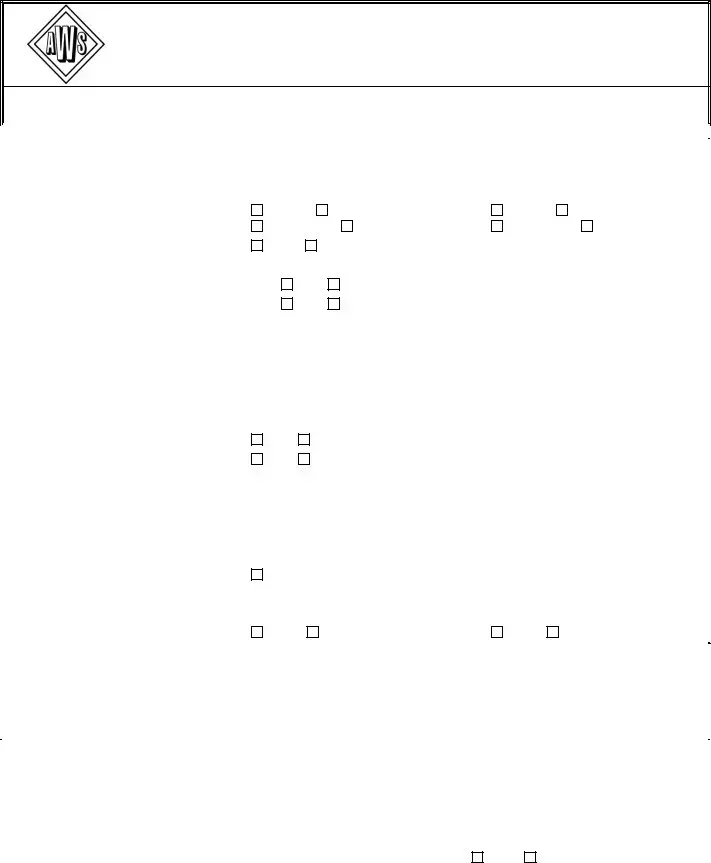The Welder Performance Qualification Record (WPQR) form serves as a crucial document in the welding industry, capturing essential details about a welder's skills and qualifications. This form is not just a piece of paper; it is a comprehensive record that outlines the welder’s name, identification numbers, and the specific tests they have undertaken. It includes vital information such as the reference Welding Procedure Specification (WPS) number, the type of welding process used—be it manual, semiautomatic, or automatic—and the materials involved, including base metal specifications and filler metal classifications. Additionally, the WPQR details the test conditions, including plate or pipe thickness, outside diameters, and the specific positions in which the welder is qualified to work. The results of mechanical tests and non-destructive examinations, such as radiographic testing and visual inspections, are also documented, ensuring a thorough evaluation of the welder’s capabilities. Ultimately, the WPQR not only serves as a certification of a welder's skills but also plays a vital role in maintaining industry standards and safety protocols.

